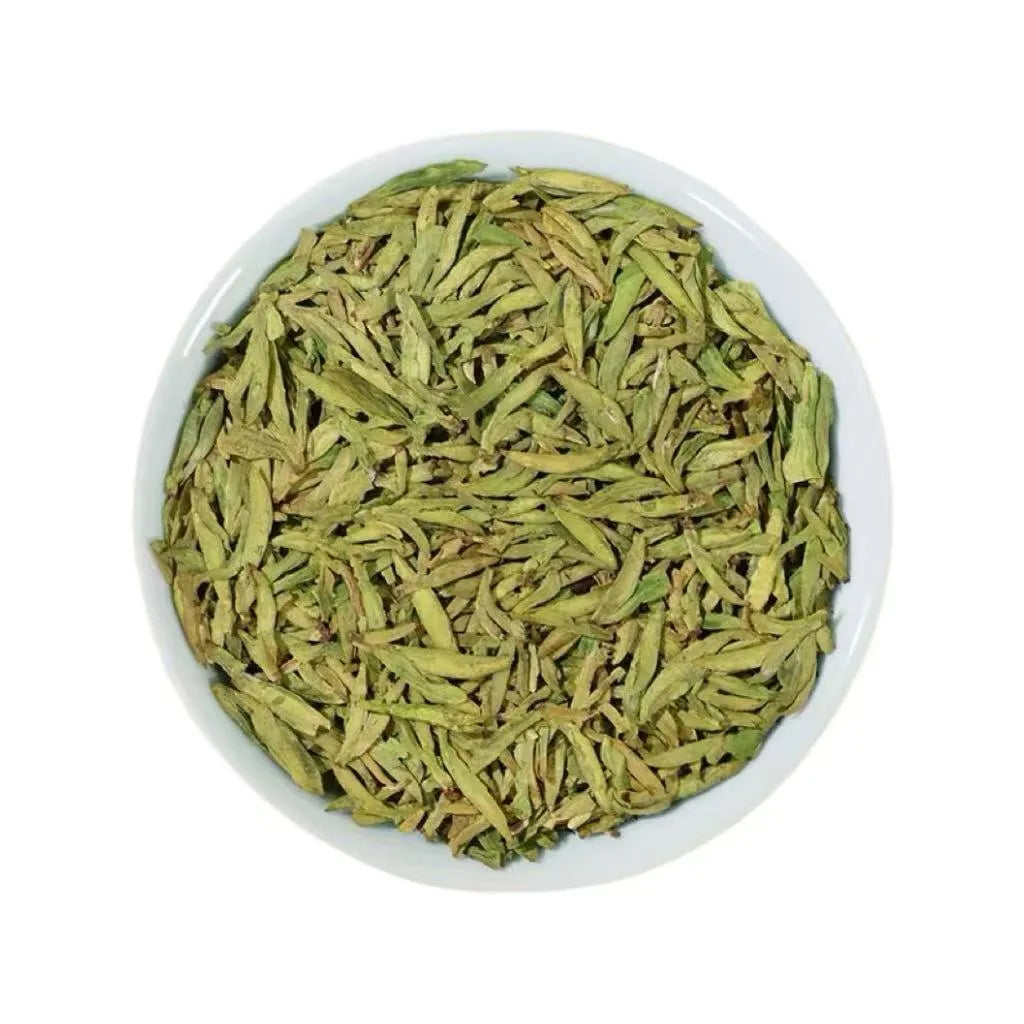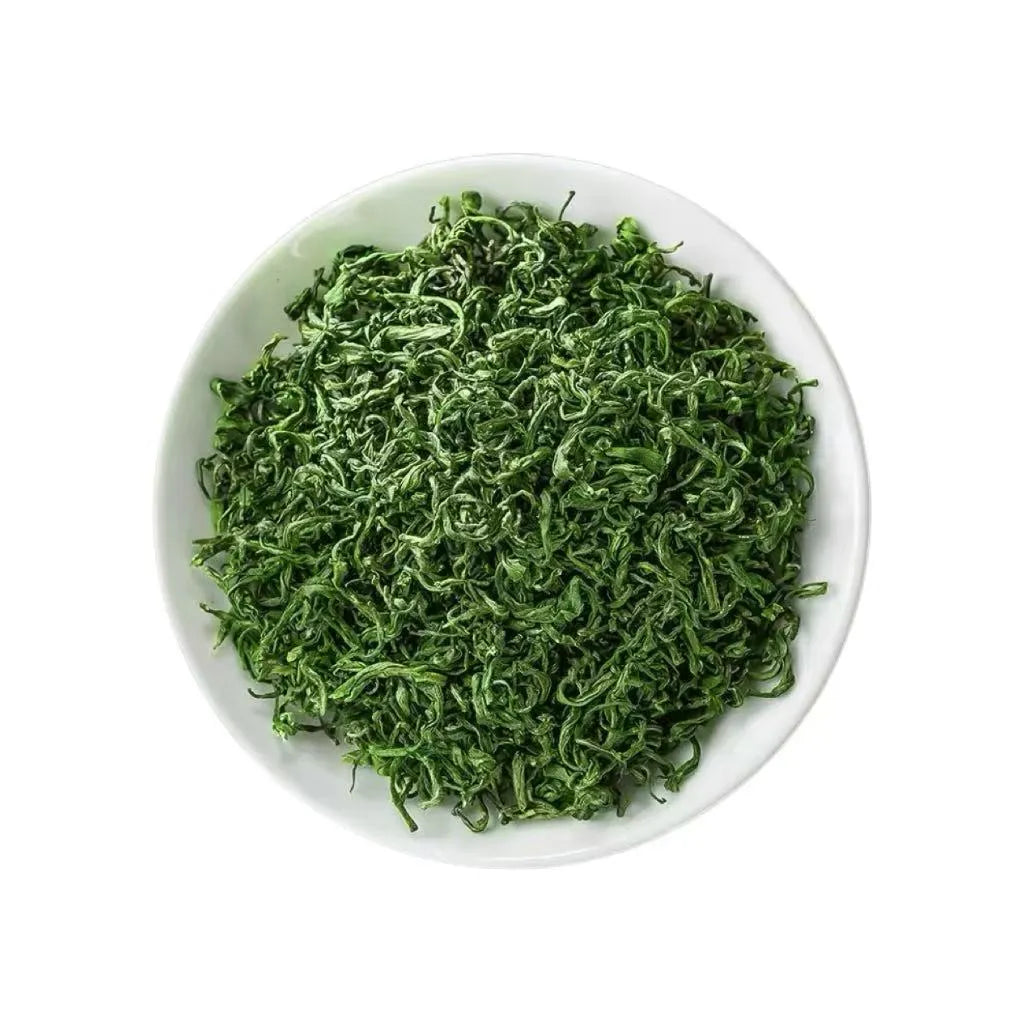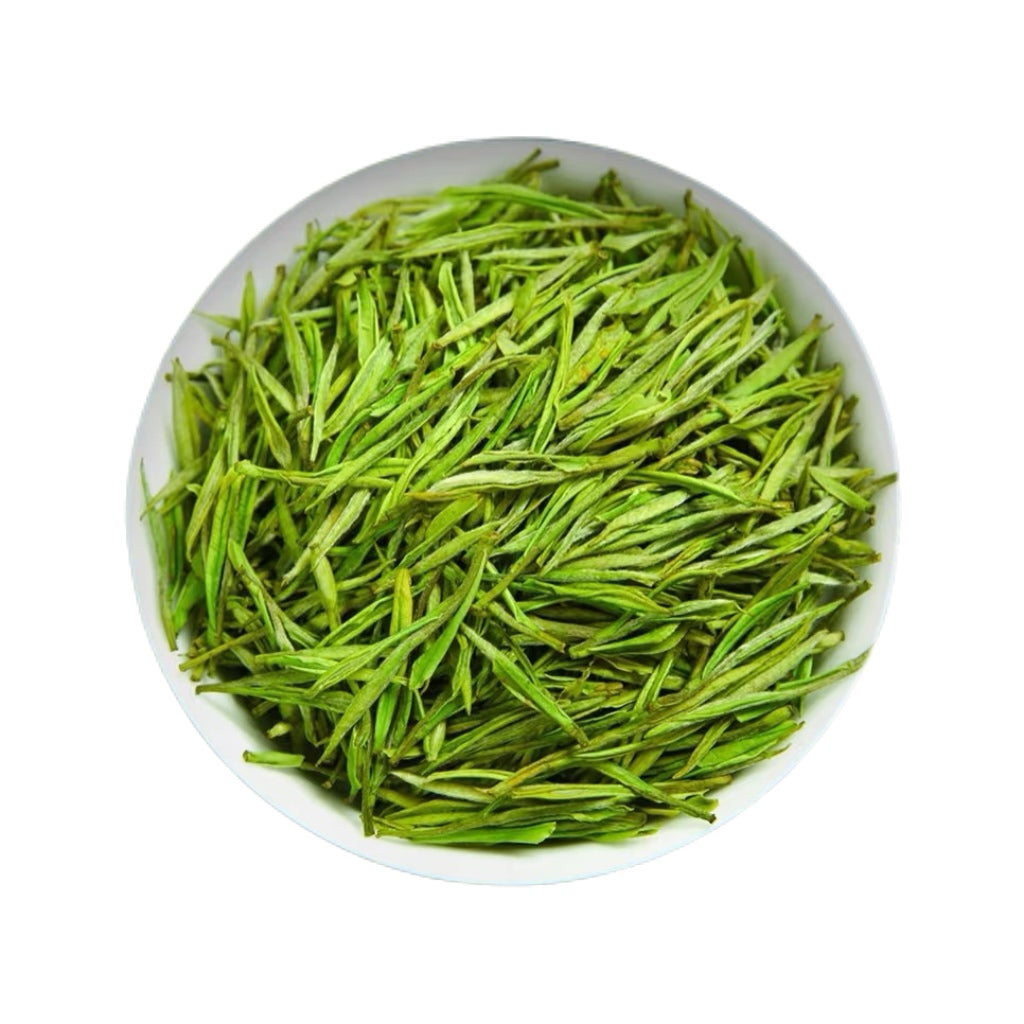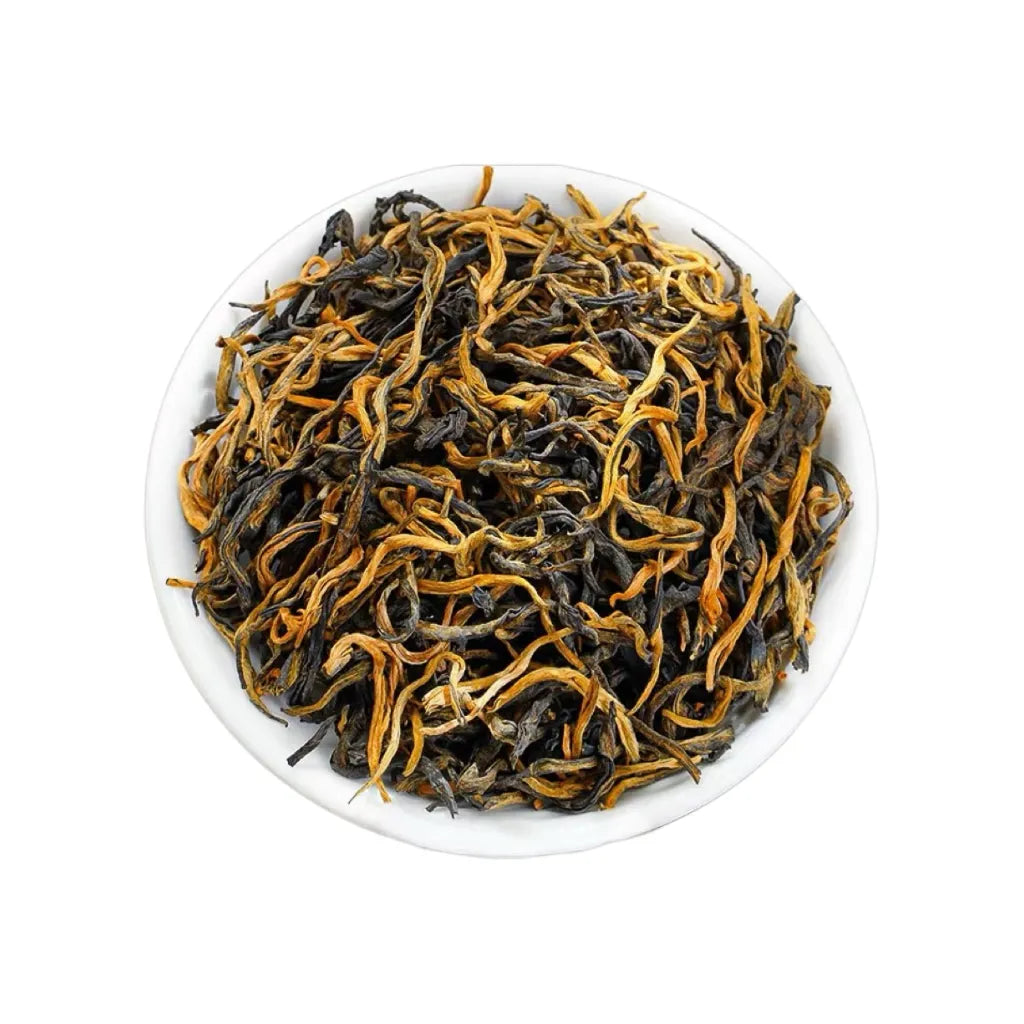
WEST LAKE LONGJING: THE JEWEL OF GREEN TEA
Nestled around Hangzhou's misty West Lake, Longjing (Dragon Well) tea embodies the pinnacle of Chinese green tea craftsmanship. Harvested for mere weeks each spring, only the youngest, tenderest buds and leaves of the Camellia Sinensis bush are hand-plucked. The magic lies in the precise "kill-green" process: leaves are rapidly pan-fired in large woks immediately after picking, halting oxidation and locking in their vibrant green color and fresh, vegetative essence. Masterful firing shapes the flat, spear-like leaves and develops the tea's signature chestnut aroma. Brewed, Longjing yields a luminous jade-colored infusion with a smooth, delicate sweetness reminiscent of steamed asparagus or toasted chestnuts, finishing clean and refreshing. Prized for centuries by emperors and poets, this "Pre-Qingming" treasure represents spring captured in a cup.

OOLONG TEA: THE ART OF PARTIAL OXIDATION
Oolong tea, known as Wulong or "Black Dragon" tea, occupies the fascinating middle ground between green and black teas, showcasing the masterful manipulation of the Camellia Sinensis leaf's oxidation. After picking, the leaves are deliberately bruised to jumpstart enzymatic browning, then carefully shaken or tumbled. The process is stopped at a precise point – anywhere from 10% to 85% oxidation – through controlled heating (firing or roasting). This partial oxidation creates an astounding spectrum of flavors and aromas. Light, floral oolongs like Tieguanyin offer notes of honeyed orchid and fresh cream, while heavily oxidized, roasted varieties like Wuyi Rock Tea deliver complex layers of dark chocolate, mineral, and ripe stone fruit. Oolong's hallmark is its captivating complexity and lingering aftertaste, a testament to the tea master's skill.

ANJI WHITE TEA: THE PALE SPRING TREASURE
Despite its name, Anji Bai Cha (Anji White Tea) is technically a unique green tea, born from a rare albino cultivar of Camellia Sinensis found in Anji County, Zhejiang. In early spring, when temperatures are cool, the young buds and leaves flush a stunning, almost translucent pale jade green, lacking the usual chlorophyll. Harvested within a fleeting 20-30 day window, these precious leaves undergo minimal processing like standard green tea – a brief fixation to prevent oxidation – preserving their ethereal color and delicate nature. The dry leaves appear feathery and pale green. The brewed liquor is exceptionally light, nearly colorless to pale yellow, offering an extraordinarily fresh, clean, and subtly sweet flavor profile with distinct notes of spring herbs, bamboo shoots, and a whisper of umami. Anji Bai Cha is a fleeting taste of early spring's purest essence.

BLACK TEA: THE FULLY OXIDIZED CLASSIC
